Economic
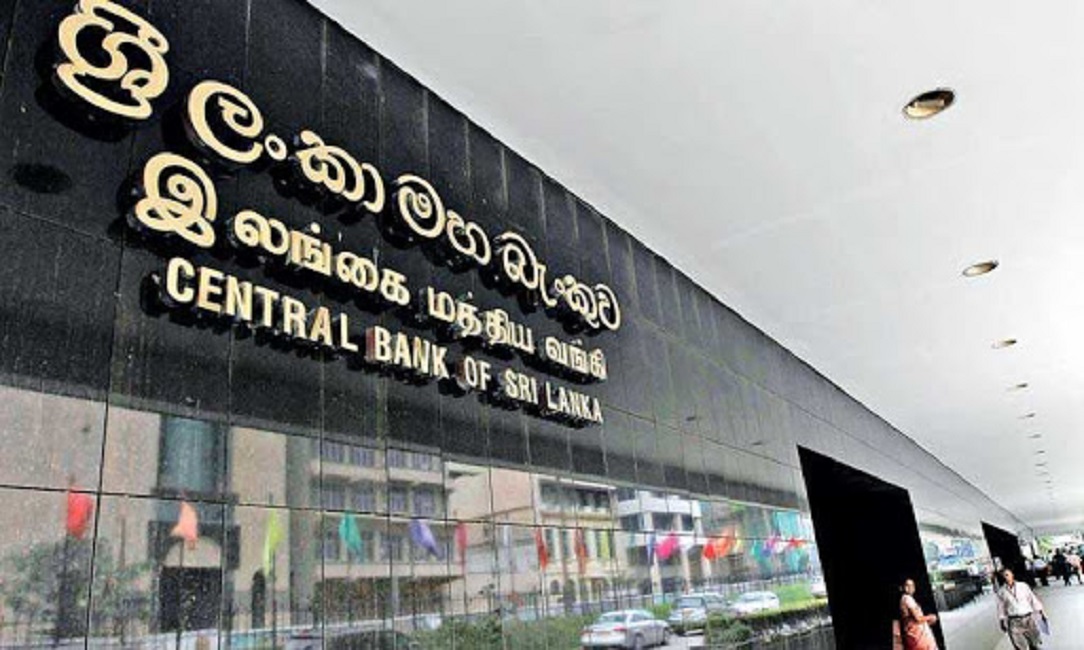
Government to implement structural reforms via CBSL
The government together with the Central Bank of Sri Lanka (CBSL) will introduce and implement essential structural changes that are required to drive the economy along the envisaged growth path.
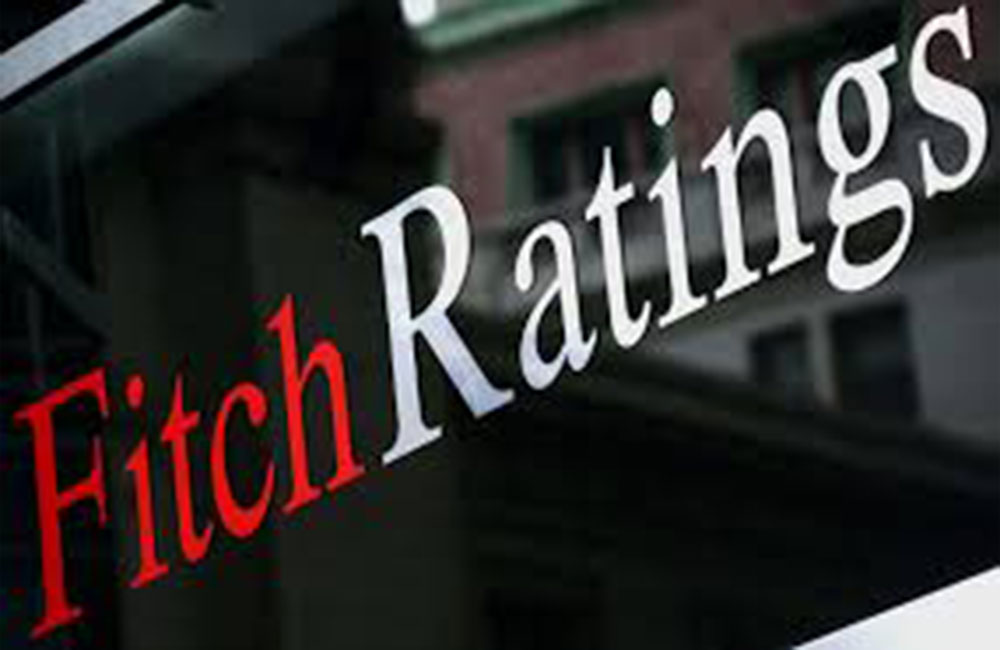
Fitch ratings recalibrates its Sri Lanka rating scale
Fitch noted that it typically does not assign outlooks or apply modifiers to sovereigns with a rating of ‘CCC’ or below.
The re-calibration will result in rating actions for some issuers with Sri Lankan national ratings. These rating revisions will be announced soon.
National scale ratings are a risk ranking of issuers in a particular market designed to help local investors differentiate risk.
Sri Lanka’s national scale ratings are denoted by the unique identifier ‘(lka)’. Fitch adds this identifier to reflect the unique nature of the Sri Lankan national scale.
National scales are not comparable with Fitch’s international ratings scales or with other countries’ national rating scales.
The Government had earlier refuted down grading by Fitch Ratings saying it fails to recognize the robust policy framework of the new Government.
The Finance Ministry noted that it observed with disappointment the rating action by Fitch Ratings.
The ministry expressed concerns about Sri Lanka’s external debt repayment capacity over the medium-term, financing options and debt sustainability risks.
This was done at a time when its medium term policy framework in its Budget 2020 was just announced, the ministry said.
The Finance Ministry noted that Fitch Ratings builds up its argument based on the ‘existing financing model’, thus adopting a backward looking approach.

Government prepares to tackle a massive debt repayment of USD 1 billion in July
This has to be covered with the daily revenue of LKR 5.46 billion, a veteran financial analyst said, adding that the total estimate for the payment of loan and installment this year for government borrowings is Rs. 2,157 billion.
However, the expected revenue in 2021 is LKR 1,994 billion and the foreign debt burden has increased to ten times more than the current foreign reserves at present, he claimed.
If the state monetary and fiscal authorities will be able to roll over short term debt and official loans, and China lends an additional USD 800 million to Sri Lanka in 2021, reserves should fall to around USD 3 billion by the end of 2021, giving them room to muddle through next year.
This prediction was made by Citi Global Finance International in an in-depth debt analysis report on Sri Lanka recently.
The Central Bank has launched a special investigation after the revelation of a massive dollar transaction fraud by a leading financial institution after the sudden depreciation of the rupee to LKR 194 against the USD recently from LKR 185 -187 previously, informed sources said.
This fraud which led to the outflow of much needed foreign exchange has taken place without the knowledge of the heads of the private financial institution and neither the CBSL nor the Finance Ministry hasn't issued any statement regarding this matter, informed sources added.
Revealing the government’s strategy to tackle this massive debt burden of USD 5.5 billion, State Minister of Finance Ajith Nivard Cabraal said that in addition to savings from cheaper oil and import restrictions, the government was also continuing negotiations with India for a USD 1 billion SWAP, which is in addition to the USD 400 million it received in July.
Sri Lanka will also receive USD 700 million as the second tranche of a USD 1.2 billion syndicated loan from the China Development Bank. The first USD 500 million was transferred in March this year.
The government will also revisit a USD 500 million Samurai bond, which the CBSL began laying the groundwork for in 2018, and possibly a Panda bond as well, Cabraal said.
Sri Lanka could offer these bonds “sooner rather than later,” depending on market conditions, the State Minister added. A USD 1 billion repurchase arrangement with the US Federal Reserve, announced in July, also made the list.
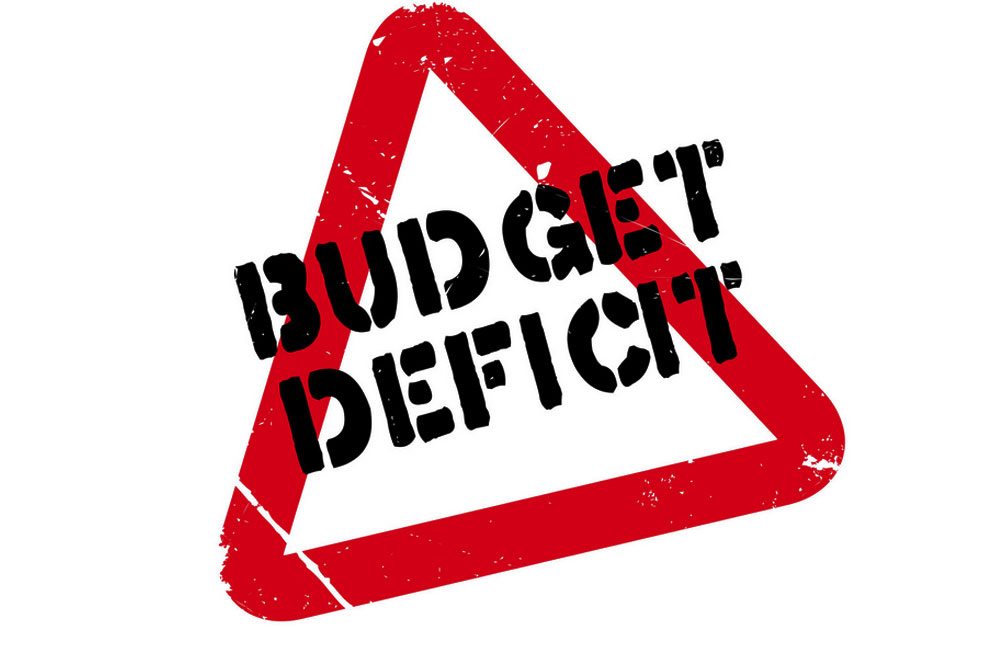
Government faces the daunting task of bridging the budget deficit
Such outstanding unpaid bills amounted to LKR 243 billion, while the foreign debt financed expenditure which amounted to LKR 212 billion, remained unaccounted due to the approved borrowing limit being exceeded, which resulted in the reported budget deficit for 2019, not reflecting the actual fiscal position, the finance ministry announced.
The unreported government expenditure included an outstanding amount of LKR 23.9 billion for fertilizer and LKR 31.4 billion for the purchase of medicine, LKR 119 billion for the construction industry, LKR 45.8 billion for elders’ interest subsidy and LKR 22.1 for services made available to Ministries and Departments.
The policy of the government is to change the disastrous socio-economic path that the country has embarked on, in the last five years, the finance ministry said.
A market economy that is dependent only on tea and apparels, with imports that is twice that of the exports without value additions to local resources and raw materials, will not facilitate a sustainable development. .
Under the 100,000 km of roads programme, 3 projects of 10,000 km are being implemented, 10,000 bridges are being constructed, while 5,000 bridges have reached the final stage of construction, finance ministry disclosed
Pipe borne water connections will be provided to 429,000 houses under the “Water for All” programme. 14,000 houses under “One House for One Village” programme are being constructed.
The first 20,000 houses of the 100,000 houses programme under the Urban Development programme have also commenced.

Inflation increases in December 2020
The CCPI for all items for the month of December 2020 was 138.0 and it records an increase of 0.9 in index points that is 0.66 percentage points compared to the month of November 2020 for which the index was 137.1. This represents an increase of expenditure value by Rs. 549.24 in the “Market Basket”
Year on Year inflation of Food Group has decreased from 10.3% in November 2020 to 9.2% in December 2020 while that of Non‐food Group has increased from 1.6% in November 2020 to 2.0% in December 2020.
For the month of December 2020, on a year‐to‐year basis, contribution to inflation by food commodities was 2.80%. The contribution of Non Food items was 1.41%.
This was mainly due to increases in value change in groups of ‘Housing, Water, Electricity, Gas and Other Fuels’ (0.68%), ‘Transport’ (0.45%), ‘Education’ (0.14%), ‘Clothing and Footwear’ (0.13%), ‘Restaurants & Hotels’ (0.13%), ‘Miscellaneous Goods and Services’ (0.09%) and ‘Alcoholic Beverages Tobacco and Narcotics’ (0.07%).
Decreases in value change were reported for the groups of ‘Health’ (0.17%), ‘Communication’ (0.08%), ‘Furnishing Household Equipment and routine Household Maintenance’ (0.03%) and slight decrease in price was reported in group of ‘Recreation and Culture’.
The moving average inflation rate for the month of December 2020 is 4.6%. The corresponding rate remained unchanged in December 2020 relative to the month of November 2020.
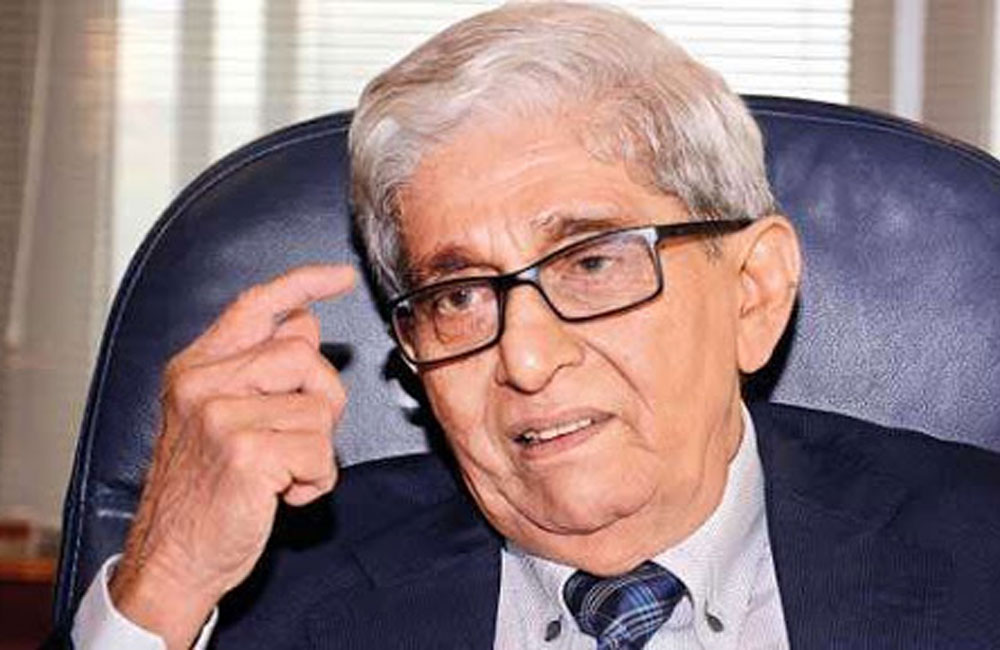
New economic development model deviates from notorious structural adjustment: CBSL Governor
The government’s intention was to ensure the people’s economic freedom with a production economy facilitated by structural changes within the framework of a market economy, Central Bank Governor, Prof. W.D. Lakshman divulged.
This strategy is quite out of way from the notorious structural adjustment programme of international financial agencies, he said, pointing out that it envisaged sustainable foreign financing measures and increased non debt foreign exchange inflows into the country.
He was making the opening remarks at a webinar on “Tomorrow’s Budget Today", organised by the Economic Students’ Association (ESA) of the University of Colombo in collaboration with the Sri Lanka Association for Political Economy (SLAPE) on Sunday (20).
The Government will be implementing an alternative economic model in order to tackle structural issues deviating from neo liberal policies after several decades. The budget 2021 was an initial articulation and presentation of this new economic development model which is to be implemented carefully and constantly, he revealed.
The alternate economic policy also intends to strengthen the rural economy by improving infrastructure facilities such as roads, bridges giving prominence to agriculture development including fisheries and dairy sectors.
Outlining the outcome of the 2021 budget, Dr. Chandranath Amarasekera, the Central Bank’s Director of Economic Research, noted that it will be strengthening the domestic production economy by promoting exports and attracting foreign direct investment, specially manufacturing oriented investment.
This is the only way forward, he said, pointing out that the financial sector reforms support the production re-opening of the business process to achieve this objective.
He said large annual foreign debt repayment needs to be curbed and borrowings should be managed properly while increasing domestic savings and investments. The country has to continue annual debt servicing of over US$ 4 billion from 2021-2025.
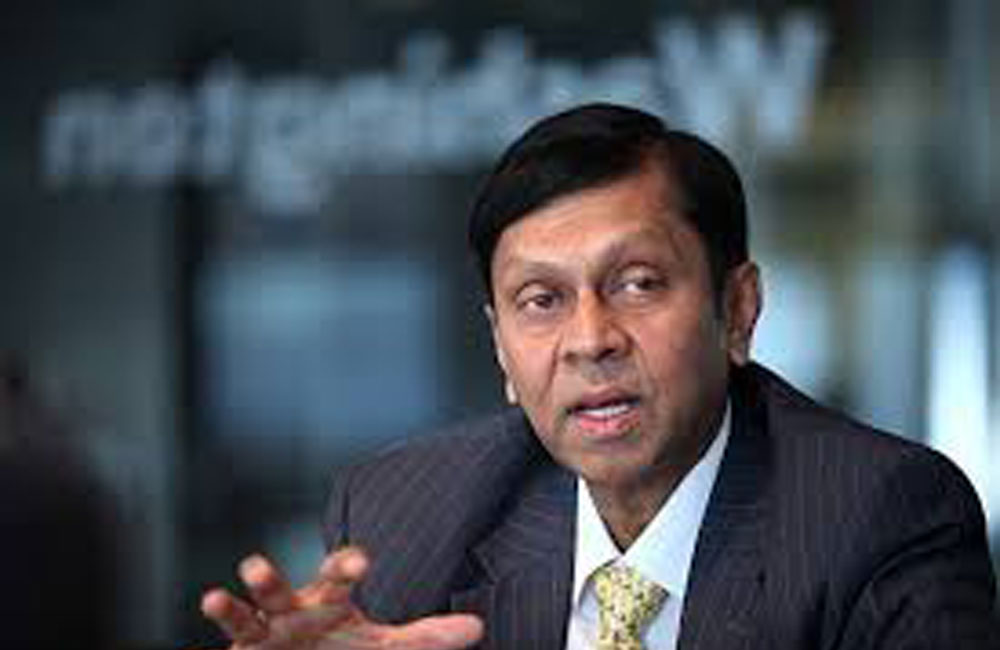
Government explores multiple options to boost foreign reserves
These options to be explored in the new year includes a USD 1 billion SWAP agreement with India, attracting investment to the securities market and possible Panda and Samurai bonds, as well as receiving $ 700 million in a syndicated loan from China.
State Minister of Finance Ajith Nivard Cabraal has insisted that the Government had taken steps well ahead of time to restrict imports and protect reserves precisely to meet debt obligations.
He pointed out that according to Central Bank estimates the resultant reduction in the import and fuel bills would save Sri Lanka about $ 2 billion, which would also help top up reserves.
He noted that t private sector participation has been facilitated even in the COVID-19 environment by maintaining stable macroeconomic fundamentals.
Referring to debt management and the foreign reserves position, he revealed that USD 2.5 billion could be achieved as the latest investment for the Port City alone amounts to USD 1 billion.
The Hambantota tyre factory is expected to attract USD 300 million, with at least USD 175 million in 2021.
Investments in pharmaceuticals and education should be in the range of $200 million, he said adding that other investments are also flowing in, and realisation of these inflows would attract further investments.
The Government will also revisit a USD 500 million Samurai bond, which the Central Bank began laying the groundwork for in 2018, and possibly a Panda bond as well, Cabraal said. Sri Lanka could offer these bonds “sooner rather than later,” depending on market conditions, the State Minister added.
A USD 1 billion repurchase arrangement with the US Federal Reserve, announced in July, also made the list.

Sri Lanka's growth prospects declines further
Sri Lanka’s growth prospects for 2021 had dimmed from around 5% that was expected in October amid a surge in the COVID-19 pandemic. This was revealed in the latest data released by the Census and Statistics Department with much delay. The Department of Census and Statistics revealed that the GDP growth rate for the second quarter of 2020 has been estimated as negative 16.3%.
The country is now walking on a tightrope, economic analysts said, adding that the government’s inclination would be to carry on as much as possible to contain the health crisis but ensure that the economy keeps its stability continuing.
Business Confidence in Sri Lanka is expected to be 37 points by the end of this quarter, eroding investor sentiment according to Trading Economics' global macro models and analysis.
The Business Condition Index measures entrepreneurs’ sentiment about current business situations and expectations with regard to business conditions.
It includes profitability, skilled labour availability, demand, sales and capacity utilization.
However, Business Confidence in Sri Lanka increased to 45 points in the third quarter of 2020 from 20 points in the second quarter of 2020, the Central Bank said.
The latest LMD-Nielsen Business Confidence Index (BCI) survey reveals that sentiment surrounding the economy diminished in November with only 23% of businesspeople consulted expecting economic conditions to improve in the coming 12 months – a decline from 34% in the preceding month.
Nearly half (48%) of the survey respondents say the economy is likely to deteriorate during this period while 29% of executives expect it to ‘stay the same’.
The business outlook for the next 12 months appears to have improved with 58% of poll participants expressing the view that sales volumes will increase (compared to 50% in October).
On the other hand, only a quarter of corporate executives believe that their business prospects will improve in the next three months – down from 31% in the previous month.
Meanwhile, the majority of those consulted by Nielsen say that sales volumes have decreased so far compared to the previous year.
As for the investment climate, 12% of respondents consider conditions to be ‘good’ or better (versus 29% in October). Conversely, 67% say that the climate is ‘poor’ or worse while 11% believe it is fair.
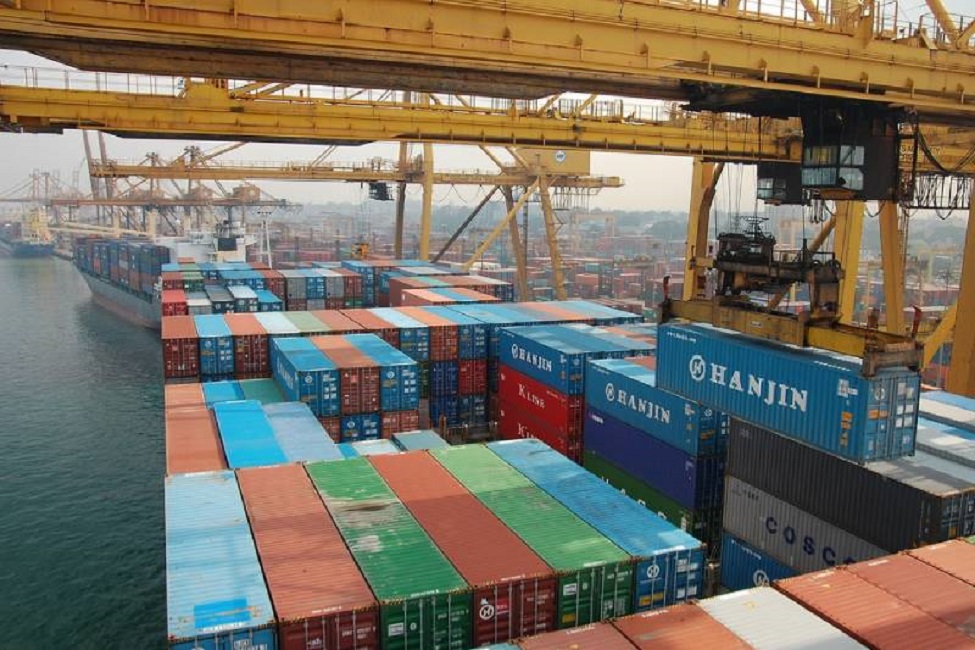
Sri Lanka's export earnings decline by over 20% in November
Sri Lanka's export earnings in November 2020 amounted to USD 748.58 million, which was 20.97% lower than the November 2019 and 11.84% lower than October 2020, the Export Development Board (EDB) announced.
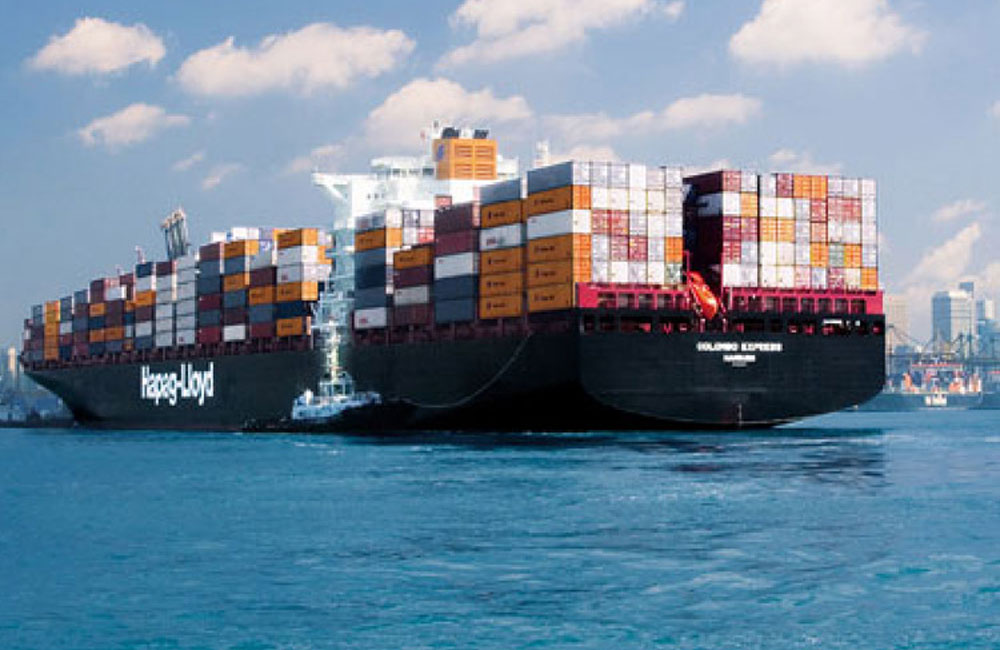
Trade deficit narrows in October
The deficit in the trade account of the country narrowed as a result of the decline in import expenditure outpacing the decline in export earnings in October 2020, the Central Bank said.
A deficit of USD 514 million was recorded in the trade account in October 2020, which was significantly lower than the deficit of USD 838 million recorded in October 2019.
The improvement in the trade balance was due to the decline in imports (USD 453 million), which was greater than the decline in exports (USD 129 million) during the period under review.
The cumulative deficit in the trade account from January to October 2020 narrowed to USD 4,852 million from the deficit of USD 6,451 million recorded in the same period in 2019. The major contributory factors for this outcome are depicted.
Earnings from merchandise exports suffered in October 2020 due to the impact of the resurgence of COVID-19 cases, although exports of agricultural products continued to grow.
Earnings from merchandise exports in October 2020 were lower compared to October 2019 as well as September 2020, due to the sudden outbreak of the second wave of the Covid-19 pandemic that resulted in disruptions to planned production and support services in the country, especially in the apparel industry.
Further, adverse global market conditions for Sri Lanka’s key exports were aggravated by the second wave of the COVID-19 pandemic experienced by many countries, leading to low demand for exports of Sri Lanka.
As a result, earnings from exports in October 2020 amounted to USD 848 million, which was 13.2% lower than October 2019 and 15.2% lower than September 2020.
Merchandise imports declined considerably in October 2020 supported by lower crude oil prices and restrictions imposed by the Government on the importation of non-essential goods.
Expenditure on merchandise imports declined by 24.9% to USD 1,363 million in October 2020 compared to October 2019, thus continuing the year-on-year declining trend observed since March 2020.
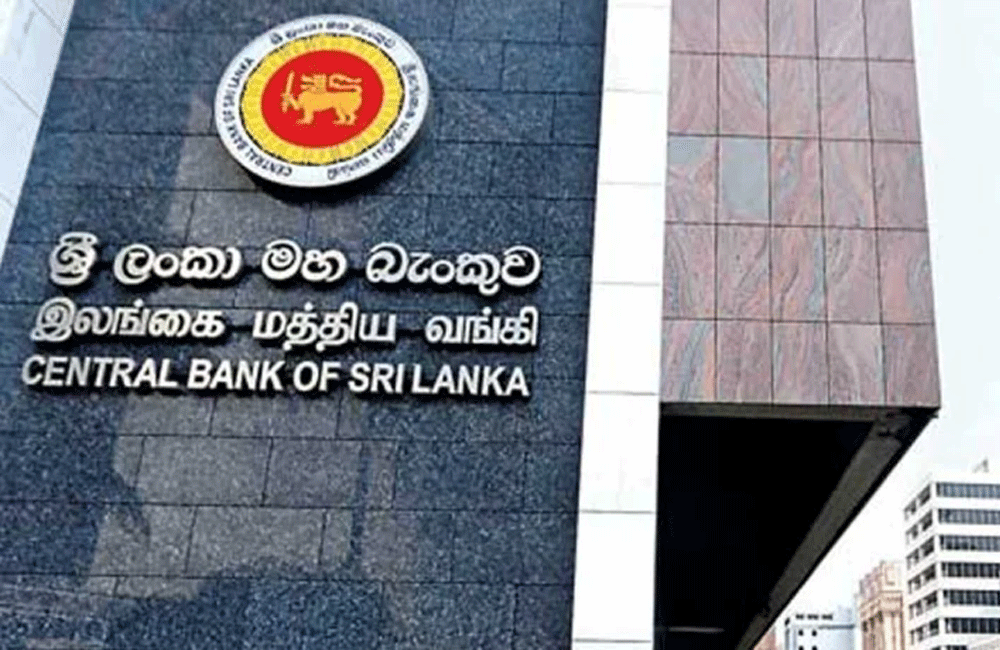
CBSL intervenes to stem the undue depreciation of the rupee
In the wake of unprecedented rupee depreciation for the first time in eight months, the Central Bank has taken measures to aggressively bring the rupee to 185 to the US dollar as the currency weakened towards 193 to the US dollar in forex markets in the wake of money printing. It is of the view that the recent increase in volatility of the exchange rate is unwarranted and unacceptable.
Accordingly, among other measures, the Central Bank will take appropriate action aggressively hereafter to contain this volatility in the domestic foreign exchange market.
The monetary authority expects that these actions, together with the continuation of the curtailment of non-essential imports, will enable the Rupee to appreciate within the next few days towards the levels of below LKR 185 per USD observed in November 2020.
The Central Bank reiterates that official reserves remain at sufficient levels. At present, gross official reserves are at USD 5.6 billion.
Discussions with the Central Bank’s domestic and foreign counterparts to boost the level of reserves are also reaching an advanced stage of conclusion.
The receipt of these expected inflows as well as the ongoing improvements in the domestic production economy leading to the expansion of foreign exchange earnings will facilitate the maintenance of exchange rate stability, while meeting Sri Lanka’s debt obligations on time, in the period ahead as well, the Central Bank announced.

SL foreign reserves may fall to unprecedented lows next year, global analysts warn!
Sri Lanka‘s foreign reserves are now under a serious threat of depleting to very low levels with signs of downfall imminent in Foreign Direct Investments (FDI) and foreign funding during the new year in the short and long run, global economic analysts predicted. The ratings of the International Monetary Fund (IMF), World Bank, Moody's, Fitch, Citi, and the latest downgrade by S&P Global cannot be considered as wrong forecasts. They warned that Sri Lanka’s debt burden is reaching an unsustainable level, and that the country’s economy is in a precarious state to recover from the COVID-19 triggered recession.
If the government fails to obtain IMF relief and private sector credit, gross reserves should fall to about USD 3.7 billion by end of 2021 or USD 2.3 billion on a usable basis, Citigroup Global Markets Inc financial analysis report recently revealed.
As of October 2020, the global agency has estimated gross FX reserves of USD 5.86 billion are enough to cover about 55% of total external financing requirements (current account deficit amortizations of medium to long term debt + short-term debt).
If official loans are rolled over and China lends an additional USD 800mn to Sri Lanka, reserves will fall to USD 3.7 billion at the end of 2021.
But assuming new official and China commercial lending would be delayed or fall short amid debt sustainability concerns, FX reserves could fall an average of about USD 365 million per month, the report disclosed.
This means reserves can drop sharply to about USD 3 billion by July without extraordinary new financing by China and larger scale FDI, economic analysts said.
Citigroup Global Markets Inc expressed the belief that Sri Lanka's debt restructuring programme may not happen until 2022.
Page 5 of 20